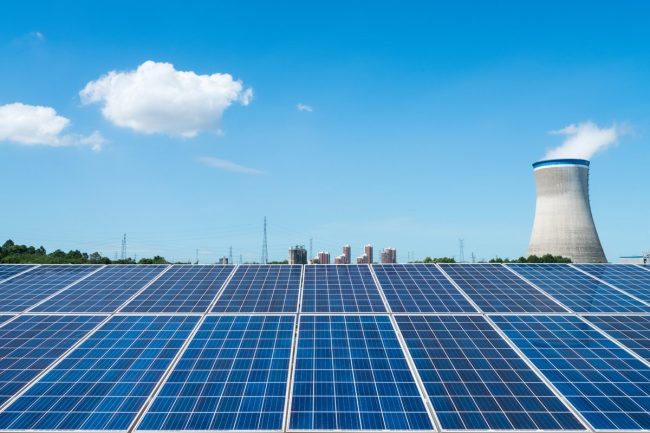The Difference Between Forced Draft and Natural Draft Cooling Towers
Forced draft and natural draft cooling towers are two types of cooling towers used in industrial and commercial applications to remove heat from process water or air. Here’s a comparison of the two: Forced Draft Cooling Towers How They Work: Fan Location: In a forced draft cooling tower, the fan is located at the air…

